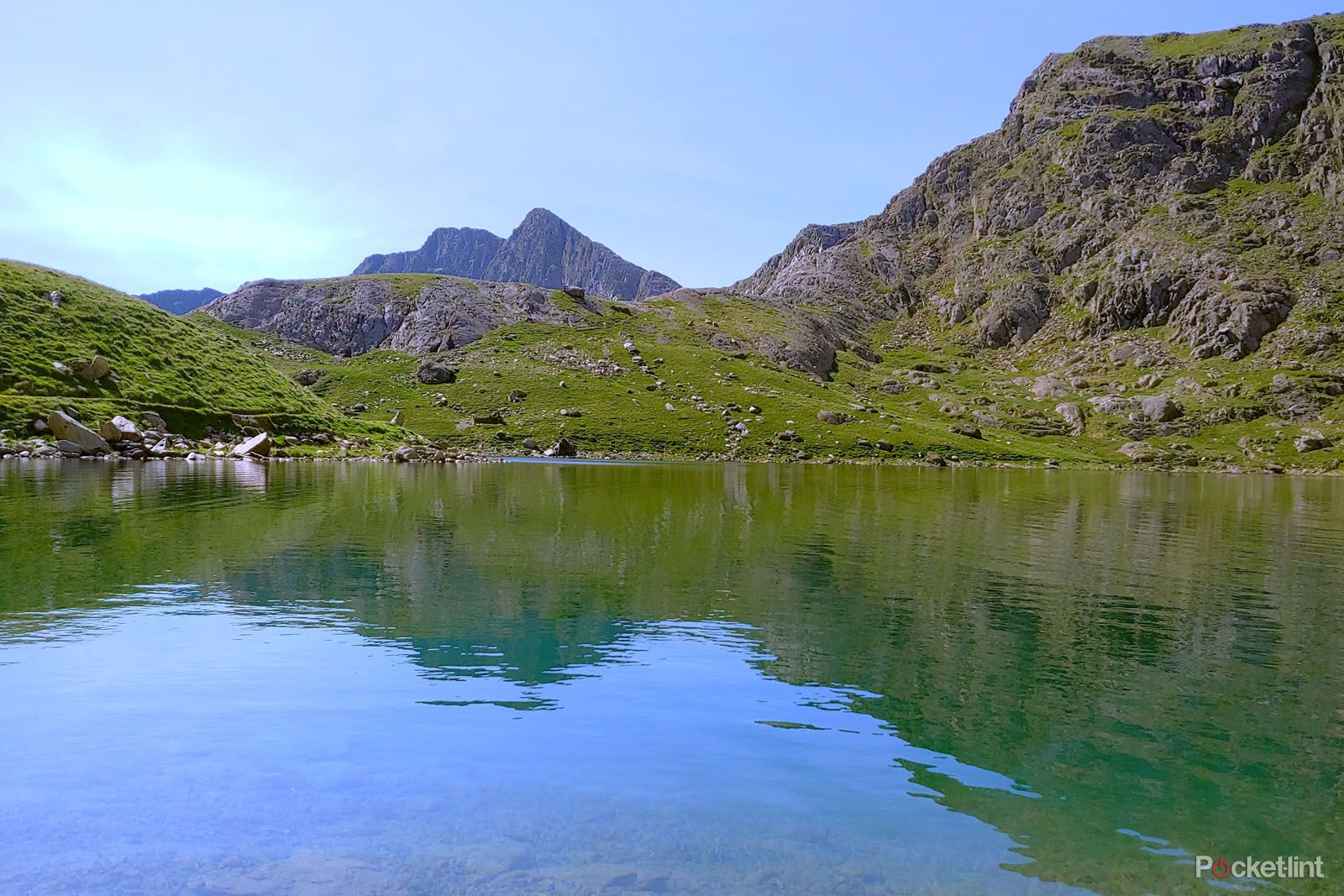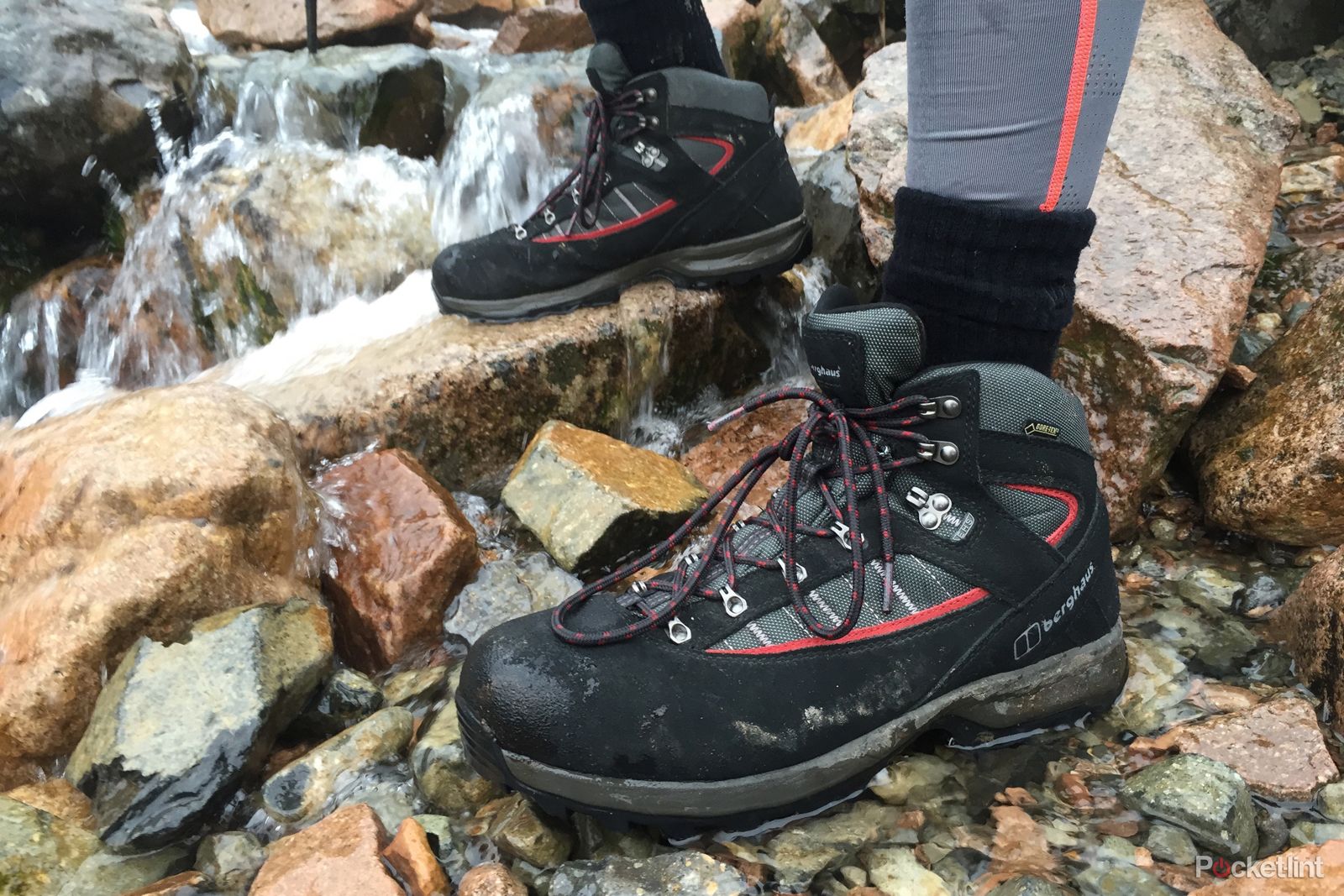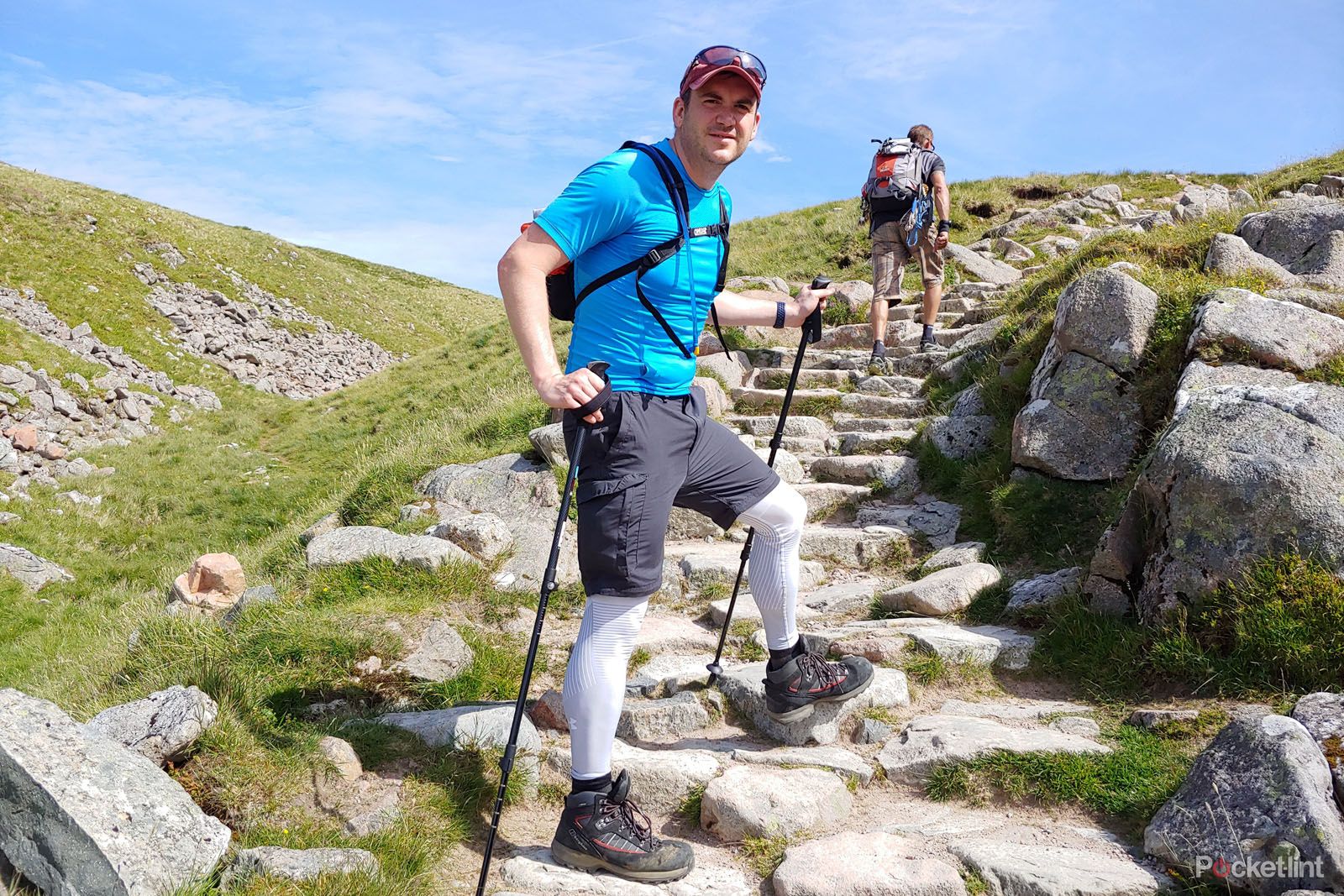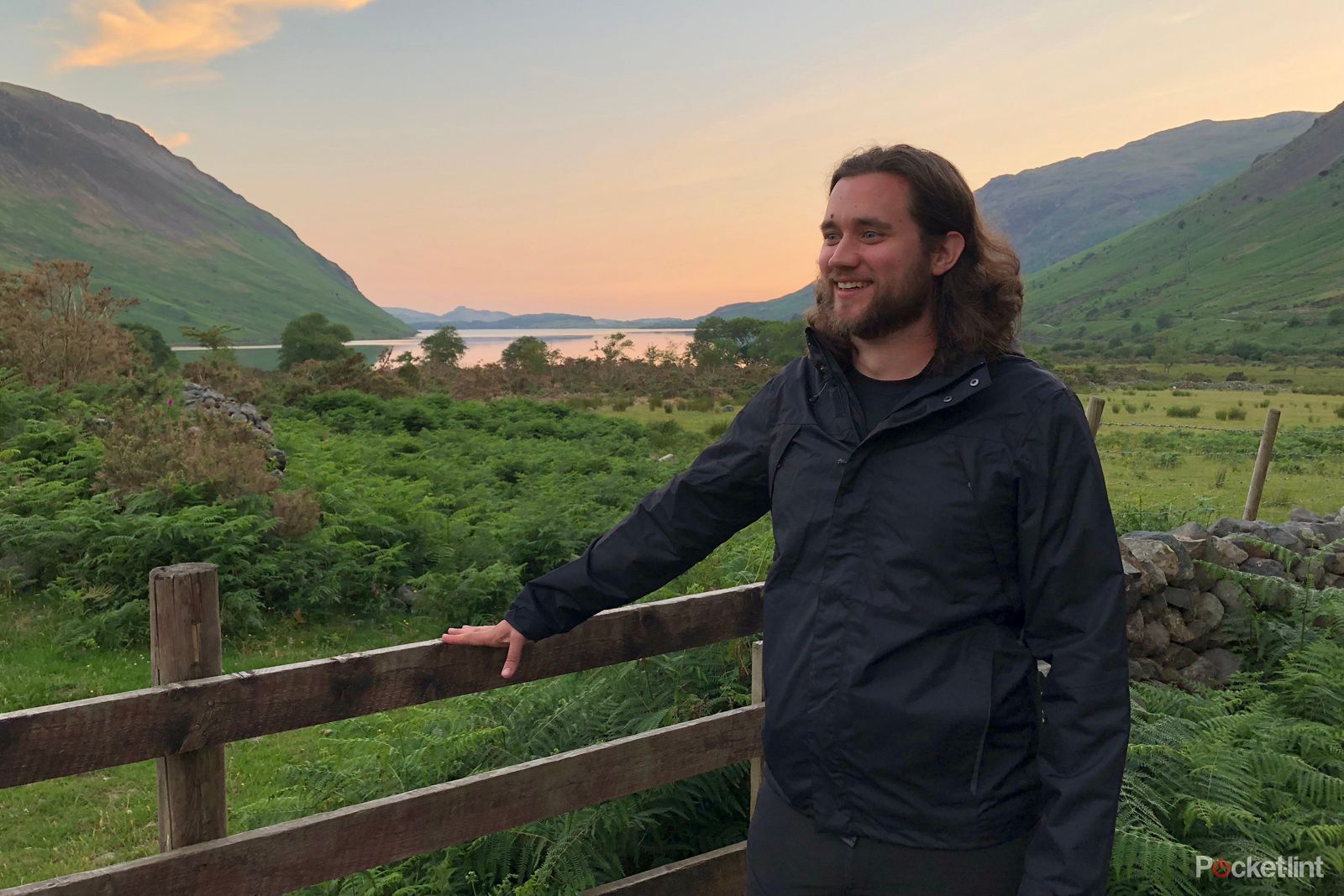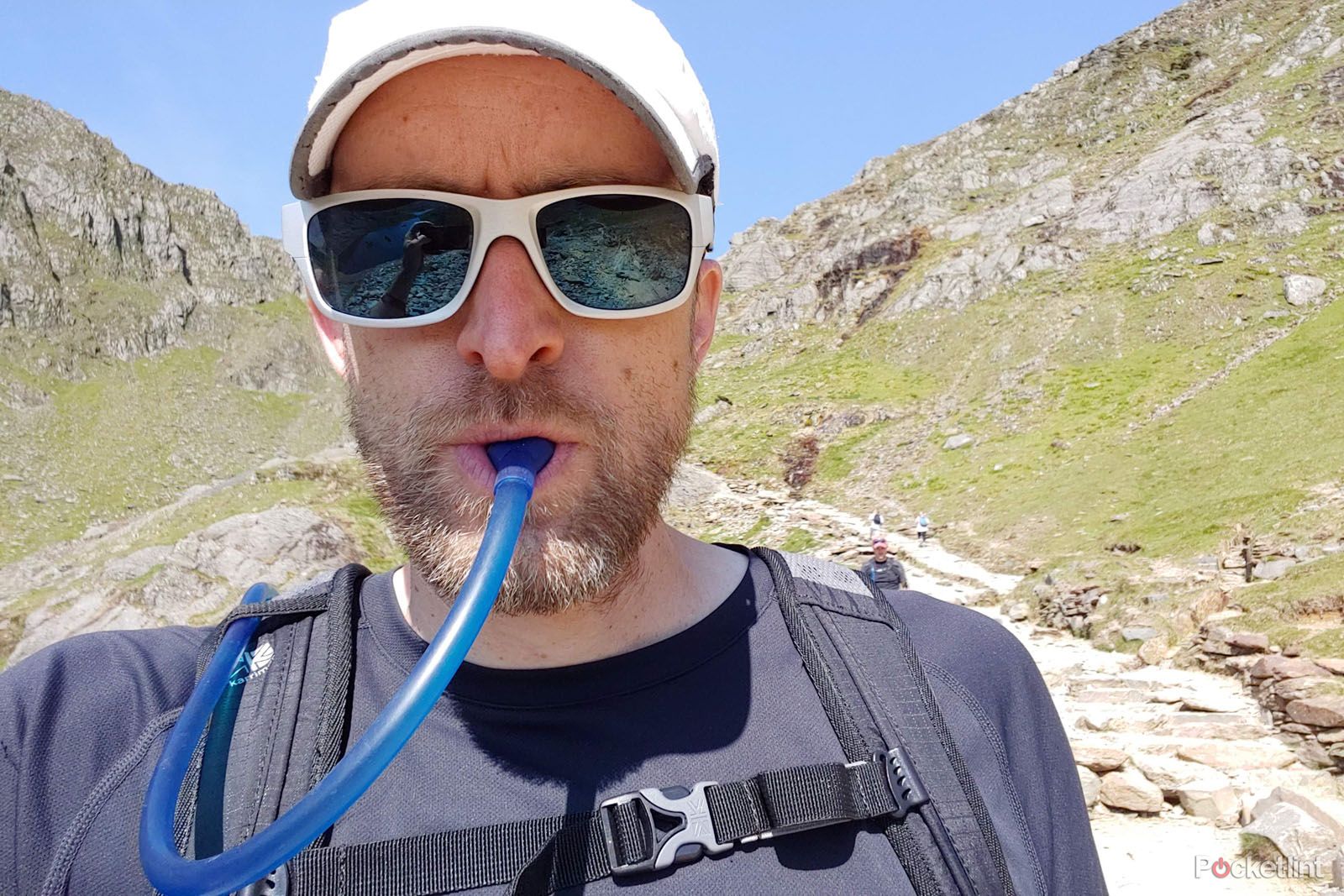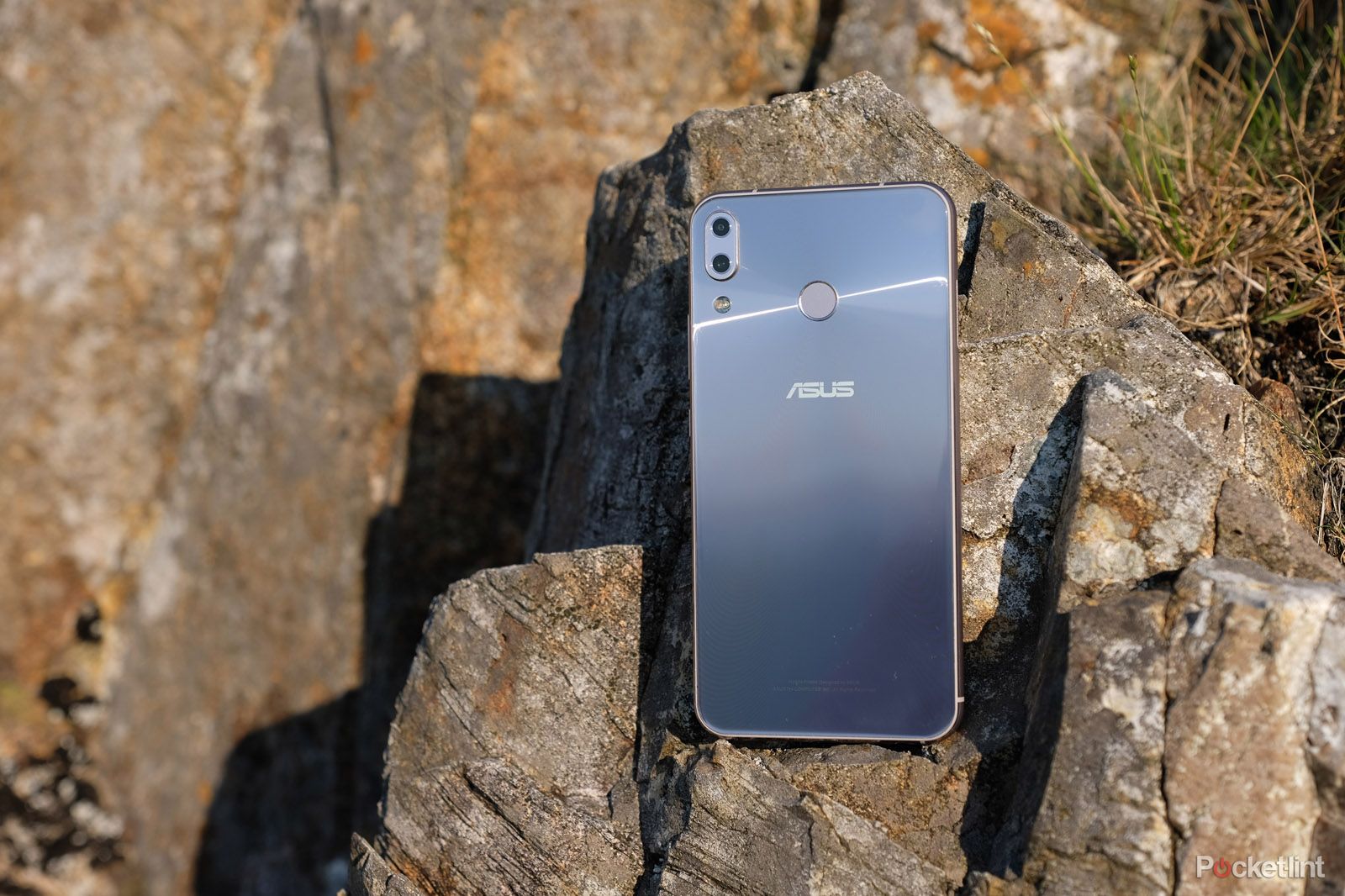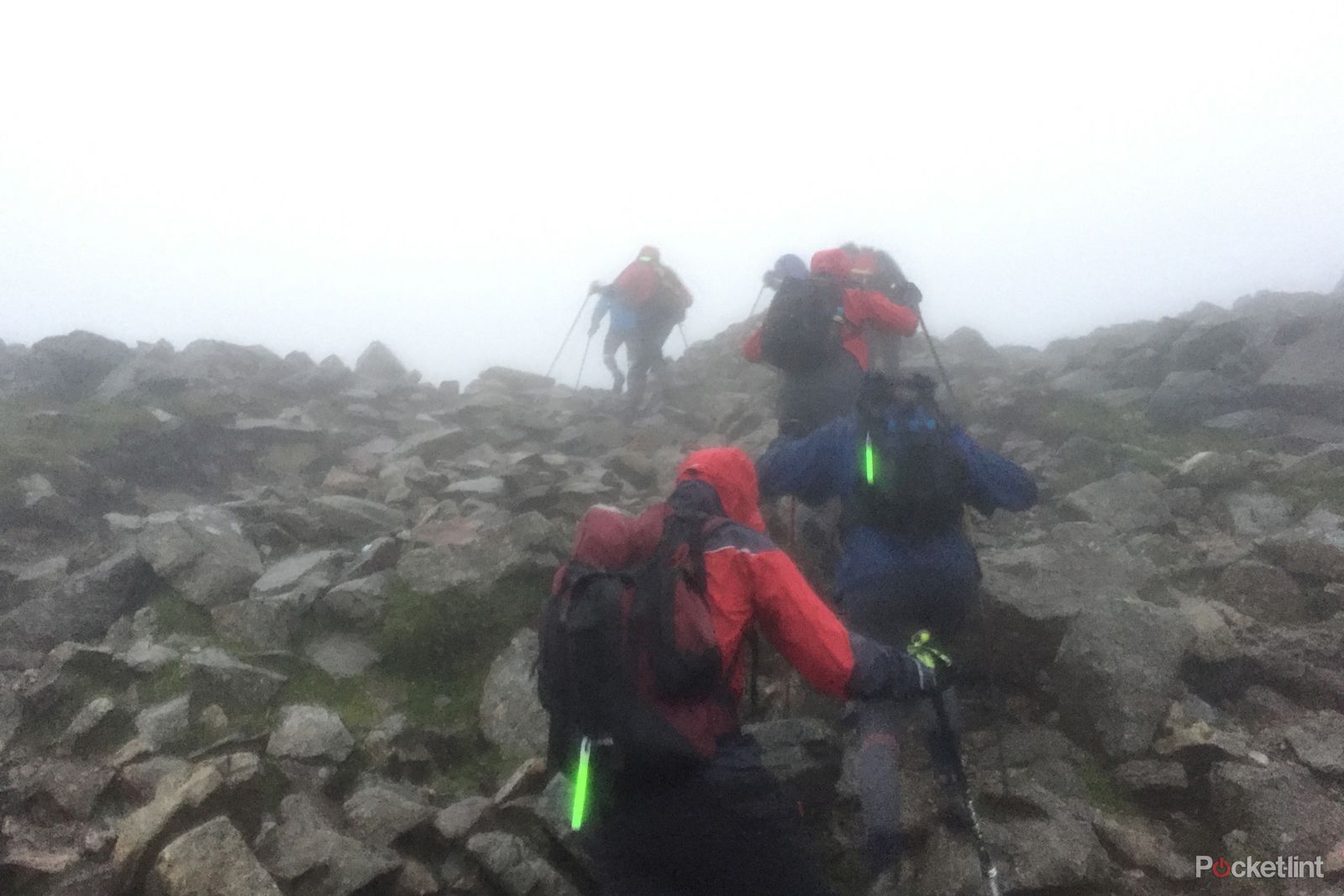The Three Peaks Challenge is one of the most popular walking events in the UK. The aim is to cover the three highest peaks in England, Scotland and Wales, and do so in under 24 hours.
There are many forms of the Three Peaks Challenge, with people choosing different routes, different timings and different plans.
However you are doing it, here are some of the best tips and tricks and kit to help you tackle the challenge.
Three Peaks Challenge kit list
What you take will depend on your experience and your aims, but as a starting point for beginners, we can break it down into some of the most important elements. This isn't an exhaustive list, but having completed the Three Peaks Challenge - powered by the Asus Zenfone 5 - in both high heat and severe rain, here are some recommendations.
Feet: Boots, socks and blisters
Your feet are the most important thing when walking and the critical thing is to find a solution that works for you. Most walkers choose a good pair of boots with plenty of support - especially important if you're going to be walking at night when you can easily put a foot wrong.
We'd personally recommend the Berghaus GTX walking boots. They are solid with good grip, waterproof and breathable, while being comfortable on long walking days.
We'd also recommend the Merrell Moab boots. These are lighter - more like wearing trainers - but are again waterproof and breathable. The soles are a little softer than the Berghaus, however, so if you walk on paved surfaces a lot they'll wear a little faster.
For socks you really need to find something that works for you, your feet and the fit of your (broken in) boots. That might be a standard sports sock, that might be thin liners and a thicker outer, that might be one pair of decent walking socks.
We'd happily recommend the Bridgedale Trekker socks, but the best advice is to experiment with your footwear to find the best solution for you. Certainly, on an event like the Three Peaks, you'll want to change your socks for each climb.
We've also tried the Quechua Arpenaz 50 socks from Decathlon which are a lot more affordable and come in a pack of two.
You might also want to look at taping up your feet or smearing your toes in Vaseline if you are prone to blisters, but definitely deal with any hot spots on your feet as soon as you feel them coming on.
When it comes to dealing with blisters, again experience helps. We've always found the best practise is to drain any fluid and then tape the area with zinc oxide tape. That just needs a sterile needle, so some antiseptic wipes are worth having to keep everything clean.
Clothes: Wicking and comfort
Walking clothes have evolved in recent years from hardwearing to more like sportswear. Best of all, "technical" garments are now cheaper to source, with companies like Decathlon offering affordable options. You need to look for something that wicks the moisture away, so avoid heavy cottons.
When it comes to legwear, a flexible pair of walking trousers is ideal. Whatever the conditions, something like the Forclaz 500 trousers from Decathlon give you protection, while being flexible enough to not restrict your movements.
Alternatively, you might take a sportier approach, with compression wear, for example. The Under Armour Vanish leggings are excellent, combining well with the Vanish shorts - which we highly recommend. If the weather is warm, then just wear shorts!
On your top you'll want to be comfortable and use layers so you can remove garments to regulate temperature. We’d recommend wearing something wicking next to your skin, like a sports t-shirt.
For more warmth you might want to add something with long sleeves, like the Forclaz Techwool 190 from Decathlon. This is a Merino wool top, so lightweight and warm, but not hugely expensive.
Naturally, you might want to top it off with a fleece. Fleece has the advantage of drying quickly, being very lightweight and packing small into your backpack. There are loads out there at a full range of prices.
Dealing with the weather: Rain and sun
The weather can quickly change in the mountains and while the valley might be calm, the hilltops can be completely different. Having good waterproofs is essential.
Your jacket might be the biggest investment, although for summer walkers there are lighter options that will serve you well. Make sure it's waterproof and breathable. At the affordable end of the spectrum you have something like the Quechua MH100 jacket that you can get for less than £30.
If you're going to be using your jacket a lot, you'll get more features for your money and you can probably spend as much money as you have. We've previously used Berghaus Hydroshell jackets and there's a range of models on offer.
Waterproof trousers or gaiters are also recommended if the weather is going to turn. Keeping your legs dry can be key to keeping your boots dry. Walking in waterproof trousers can be hot work, in which case a pair of gaiters might serve you well. If you're buying waterproof trousers, then need to fit well to give you room to walk without restricting your movement.
Remember that the wind can make it very cold, even in summer, so hat and gloves need to go in your bag too. On the flipside, you'll want a hat to keep the sun off and remember your sun cream.
Load carrying and water
Fully dressed and ready to go, you'll want some essentials with you up the mountains and the biggest thing is going to be water. The most convenient solution is to have a water bladder and many bags now have a section to accommodate such a bladder.
You don't need a bag that's too big, you want something light but with plenty of support. For the Three Peaks Challenge, you only need the supplies to get you up and down the mountain, so something like the Karrimor Superlight 20 is ideal. Look for a bag with a padded waist belt to give you a little more support.
Water bladders are easy to come by, the name you'll recognise is Camelback and they are widely available. The advantage they have is that you can just drink through the tube, rather than having to constantly get out a water bottle and put it away again. Don't put anything in them apart from water - because cleaning out any other drink will be difficult.
With water taken care of you'll need enough food to keep you going so you can snack on the way. You should also have some basic emergency equipment too in your team, like a survival bag, first aid kit and a whistle at the very least.
Finally, we'd recommend walking poles. This helps to shift some of the load from your legs to your arms and when you're tired, that can give you an advantage. Poles also provide support on rough ground and descent. You can spend a lot of money on poles, but we'd recommend these basic poles on Amazon - they work perfectly well.
Three Peaks technology: Communication and navigation
The Three Peaks Challenge is fairly easy when it comes to navigation - there are clear paths up each of the mountains, but also hazards, so stick to those paths and don't be tempted to look for shortcuts.
We'd always recommend you have a map to hand to check the terrain, but in the case of the Three Peaks, it's fairly hard to get lost in daylight. Even so, we'd recommend you examine maps for the region so you know where you're going. Ordnance Survey has a Three Peaks map especially for the job.
We'd also recommend you invest in a compass, because they work no matter what conditions you're in. Silva is the brand to look out for, but more important is that you know how to use it.
When it comes to walking in the dark, however, a good headtorch is worth its weight in gold. There are lots out there, but it's worth spending a little more to ensure it's going to be waterproof and bright. We're fans of the Petzl torches, some even have a built-in safety whistle. But don't be scared to walk by moonlight in good conditions. If visibility is poor, then some lightsticks will help you keep track of your team.
Smartphones naturally have a lot to offer. While battery life, reception and waterproofing means they're not entirely dependable in an emergency (hence the map, compass and whistle), you'll need your phone for sharing photos you take. There's reception on all the mountains, although it's a little patchy on some networks towards the bottom of the hills.
But when travelling between the mountains, Google Maps is always useful to see where you are, as well as being able to communicate between different vehicles. We took the Zenfone 5 on our latest Three Peaks Challenge.
Your sports watch is also a useful companion. While many won't make it through the whole day (you might have to change on the move), the great thing about GPS-equipped watches is you can track your route after the event and see how you got on. Some will also deliver a grid reference so you can check where you are on the map. We used a range, but for sports tracking we'd recommend something from Garmin.
Now you have a good helping tips to ensure you have the right kit, all you need to do next is plan the logistics - your route, your meals, your transport and your timings!

